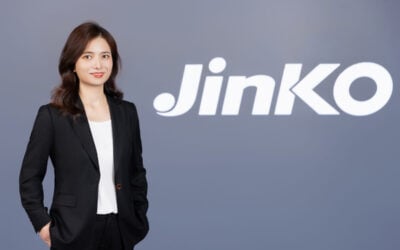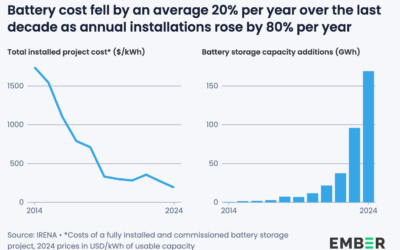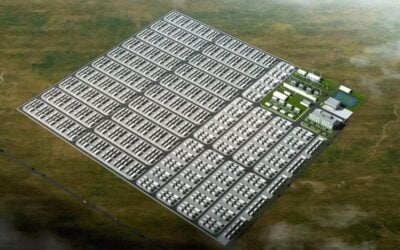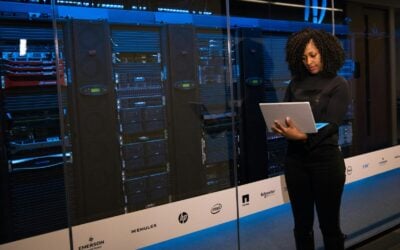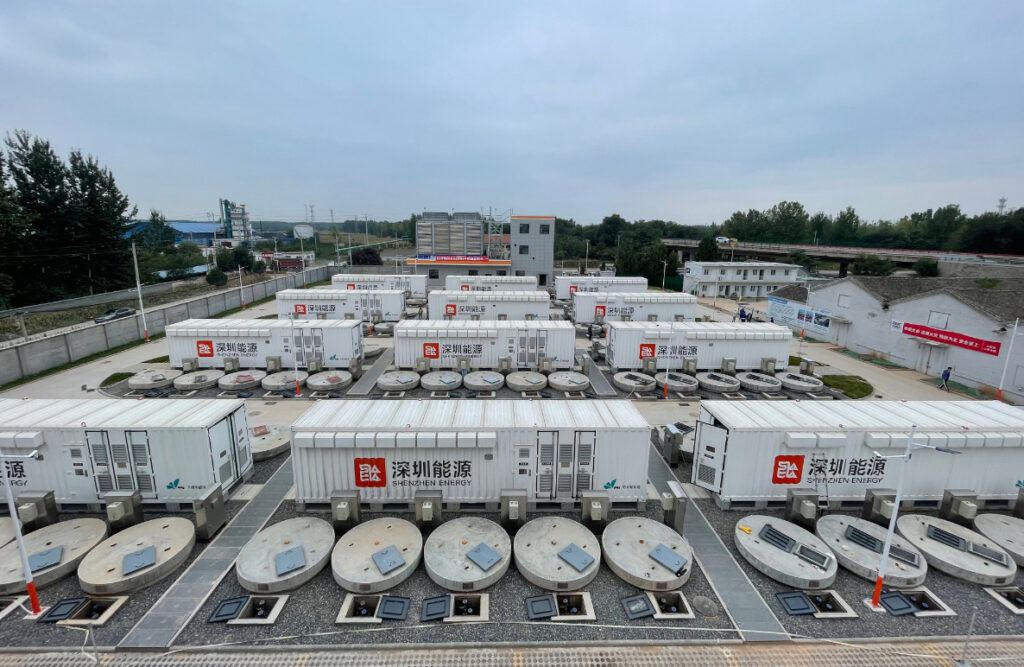
A project in China, claimed as the largest flywheel energy storage system in the world, has been connected to the grid.
The first flywheel unit of the Dinglun Flywheel Energy Storage Power Station in Changzhi City, Shanxi Province, was connected by project owner Shenzen Energy Group recently.
Pictured above, it has a total installed capacity of 30MW with 120 high-speed magnetic levitation flywheel units. Every 12 units create an energy storage and frequency regulation unit, the firm said, with the 12 combining to form an array connected to the grid at a 110 kV voltage level.
Flywheel energy storage technology works with a large, vacuum structure-encased spinning cylinder. To charge, electricity is used to drive a motor to spin the flywheel, and to discharge the motor acts as a generator to convert the spinning motion’s energy back into electricity.
Try Premium for just $1
- Full premium access for the first month at only $1
- Converts to an annual rate after 30 days unless cancelled
- Cancel anytime during the trial period
Premium Benefits
- Expert industry analysis and interviews
- Digital access to PV Tech Power journal
- Exclusive event discounts
Or get the full Premium subscription right away
Or continue reading this article for free
Construction on the Dinglun project started in June 2023 and it was the first flywheel energy storage project in China. The previous largest projects in the world are 20MW systems in New York (Beacon Power) and Pennsylvania (Hazle Township), US, owned by Convergent Energy + Power.
The Dinglun project is one of the first batch of pilot demonstration projects using new energy storage technologies in Shanxi Province, though such projects are happening all over China too. It will participate in grid frequency regulation.
According to reports, China Energy Construction Shanxi Power Engineering Institute and Shanxi Electric Power Construction Company carried out construction while BC New Energy was the technology provider, with a total investment for the project of RMB 340 million (US$48.1 million).
Flywheels have also been deployed in combination with lithium-ion battery energy storage system (BESS) technology. In the US, real estate firm Gardner and technology provider Torus recently agreed to deploy flywheel-BESS hybrid projects together at commercial locations in Utah, while a grid-scale project in the Netherlands owned by S4 Energy came online in 2020.

